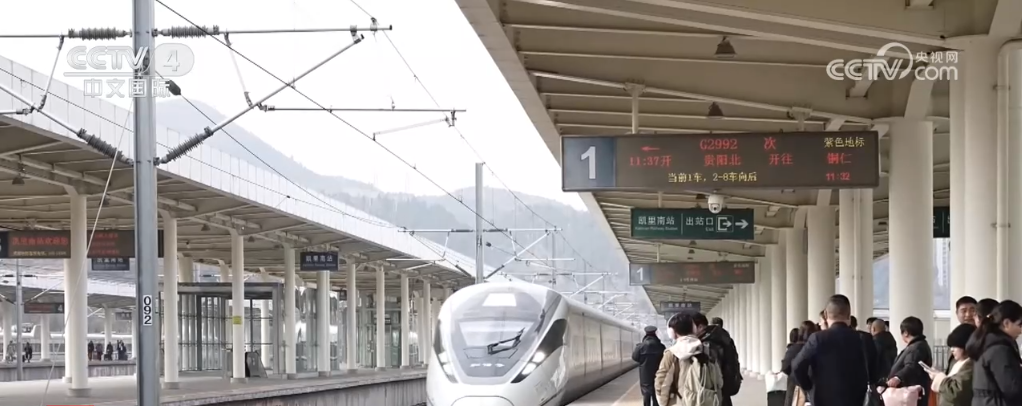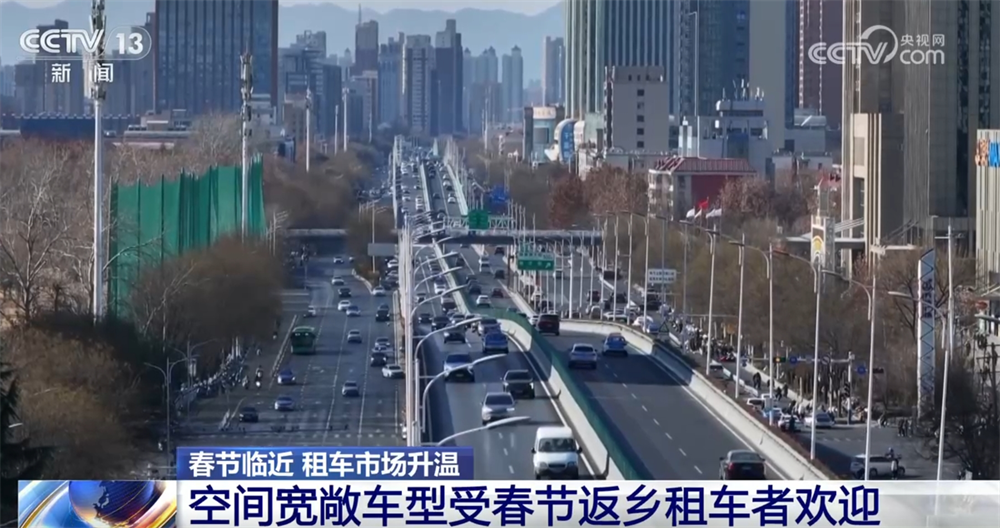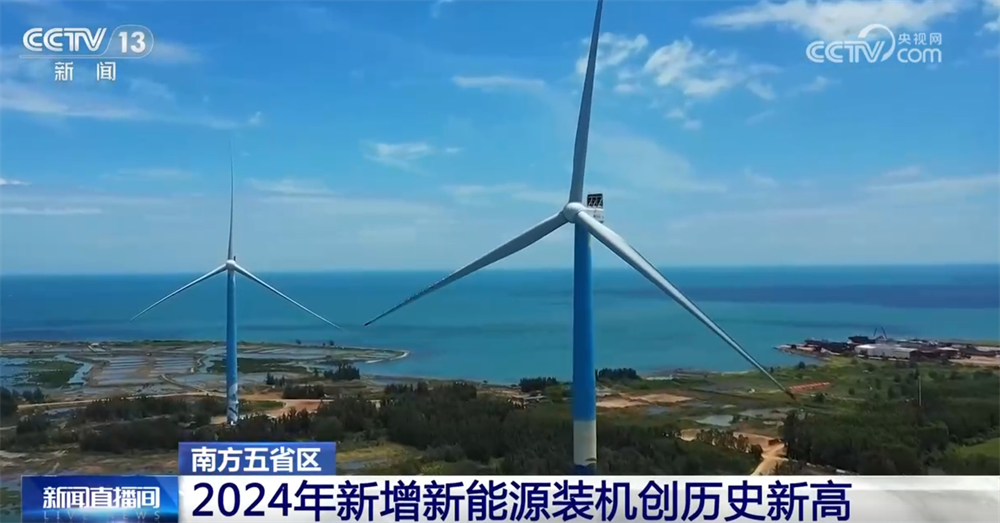Xinhua News Agency, Lanzhou, January 16 (Reporters Fan Peishen, Wang Mingyu, Zhang Rui) The professional experience of noodle restaurant owner Lu Keqing is just like the rise and fall of the old industrial city of Yumen.
"Two people sit inside! What do you want to eat?" On Jiefang Road, the main road in Laocheng District, Yumen City, Gansu Province, 57-year-old Lukeqing opened a small noodle restaurant. It was almost noon, and the store was less than 40 square meters full of customers. Lu Keqing greeted him in the front hall, and his wife pulled noodles and cooked dishes in the kitchen. The couple were both busy.
"We opened at 6 a.m. and closed at 8 or 9 p.m. Now the average daily turnover is around 1,000 yuan." Lu Keqing is a native of Yumen. In 2001, the couple opened a noodle shop, but because of the overall business of Yumen City's relocation, they closed the shop and worked odd jobs for several years. In 2018, the noodle restaurant was opened again in the old city and has been around until now.
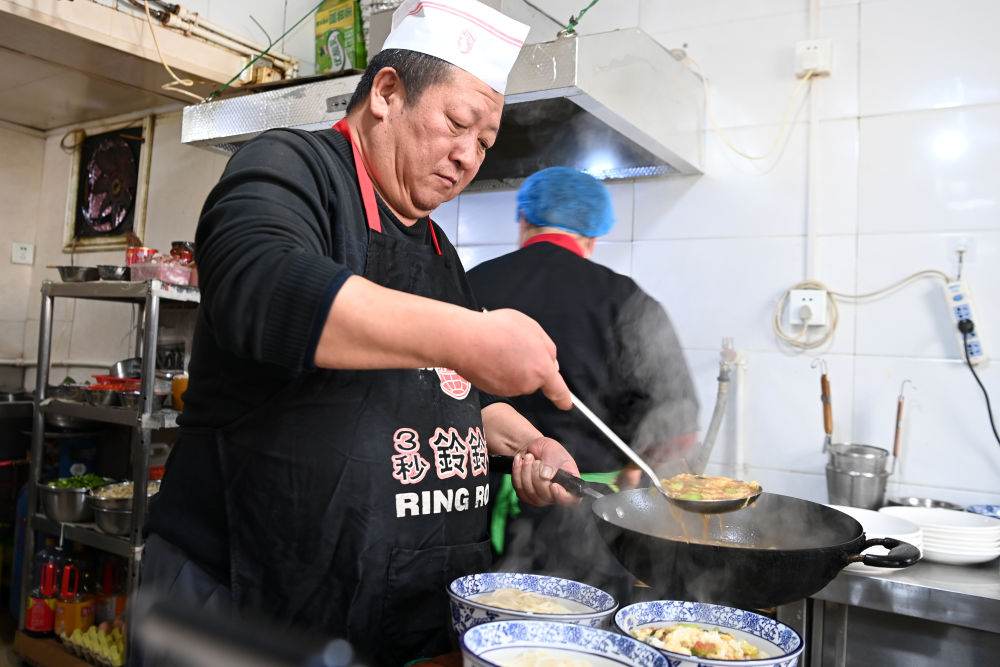
Lu Keqing makes sauce noodles for customers in the noodle restaurant. Photo by Xinhua News Agency reporter Fan Peishen
Just like Lukeqing's noodle restaurant, after more than 20 years, the old Yumen city at the western end of the Hexi Corridor and the northern foot of the Qilian Mountains, this small oil city that once stagnated and declining has revived business and its economy has flourished again.
Yumen is an old industrial city that "built enterprises due to mining and cities due to enterprises." In 1939, an oil mine was discovered in Yumen. In 1957, Yumen Oilfield, the first oil industry base in New China, was built here. The crude oil output was close to 760,000 tons that year, accounting for more than 87% of the total national output.
"Yumen entered a golden period of development in the 1980s, when a large number of young people from all over the country flocked to Yumen to join the oil industry. Compared with surrounding counties and cities, Yumen people took the lead in living in the building, using liquefied gas, and enjoying centralized heating." Jin Yingxia, deputy director of the Yumen Old City Management Committee, recalled.
The glory of the past is the pride of the Laoyumen. But by the late 1990s, as the oil resources of Yumen Oilfield gradually dried up, the focus of Yumen Oilfield's business began to shift. In 2003, Yumen City began to relocate to Yumen Town, more than 70 kilometers away.
After the relocation, there were only more than 8,000 people left in the old city. Yumen City established the Old City Management Committee to be responsible for all the work in the old city. Due to large population loss and the economy stagnated, the old urban area has declined. "A house is only worth a few thousand yuan, and some even 'sold it if you give it money'," said Jin Yingxia.
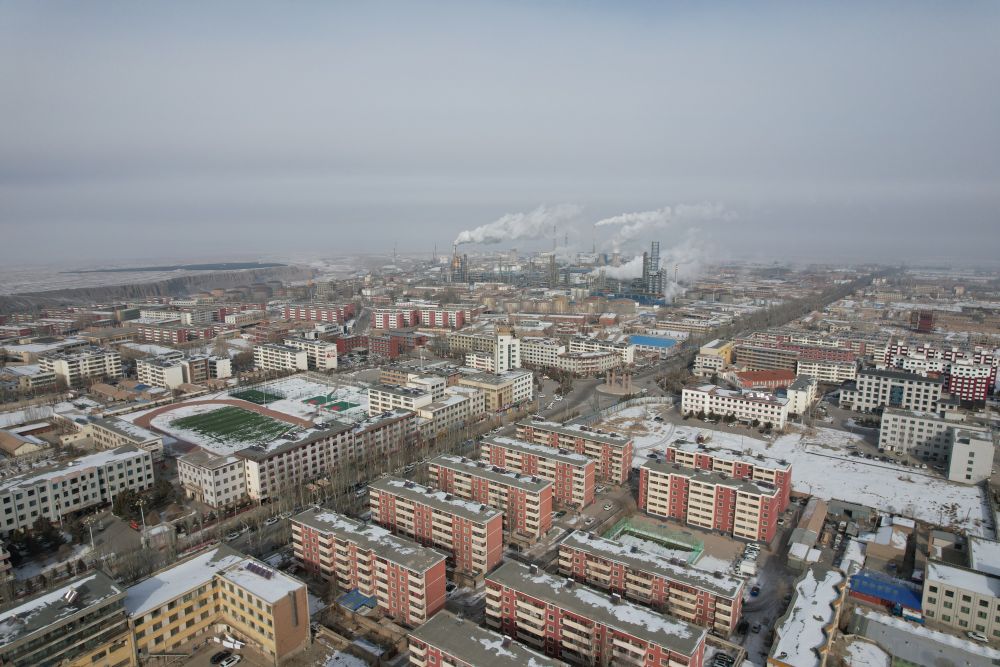
Some scenes in the old city of Yumen. Photo by Xinhua News Agency reporter Zhang Rui
In the past decade, the gradient transfer of the chemical industry in the eastern region and the opportunities of the national "dual carbon" strategy have allowed the old Yumen city to find new development momentum.
Yumen is rich in scenery and resources and is an ideal area for the development of new energy and new energy equipment manufacturing industries. In recent years, Yumen Oilfield has actively explored the path of green transformation, and has successively built photovoltaic power generation, new energy hydrogen production and other projects in the old city of Yumen, gradually forming a comprehensive energy development pattern of "oil, gas, electricity and hydrogen".
The old city of Yumen has rich land resources, and the prices of production factors such as electricity prices and gas are highly competitive. The Laojunmiao Oil Mine in Yumen Oilfield located in the old city is still producing oil. The chemical by-products, hydrogen, etc. produced by the oil field refining plants are important raw materials produced by many chemical companies.
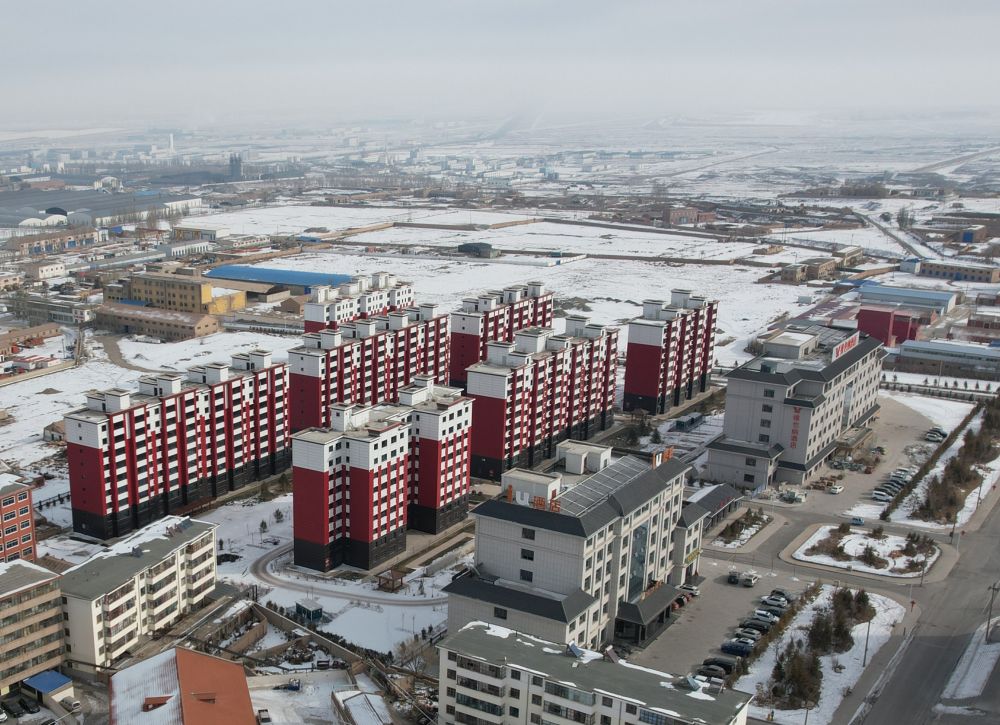
A newly built residential community in the old city of Yumen. Photo by Xinhua News Agency reporter Zhang Rui
Once the idea is opened, development opportunities will go from "point" to "surface".
In 2018, a chemical enterprise from Jiangsu settled in the old city chemical industrial park in Yumen. In just a few years, the old Yumen city has quickly attracted 36 enterprises to settle through industrial chain investment and other means, and has initially built a fine chemical industry cluster with strong development momentum.
In early 2024, the high-performance silicon fluorine new materials integration project of Gansu Juhua New Materials Co., Ltd., with an investment of 41 billion yuan, started construction in the old city of Yumen, setting a record for the largest investment scale of industrial projects in Gansu since the founding of New China, and will become a powerful engine for the economic development of Yumen Old City.
According to statistics from the Yumen Old City Management Committee, before 2018, there was only one industrial enterprise above the scale in the old city. As of the end of 2024, there were 21 industrial enterprises above the designated size, with an annual output value of nearly 20 billion yuan. Industrial agglomeration has once again attracted a large number of industrial workers. Up to now, the permanent population of Yumen Old City has more than 16,000, a double increase.
Population growth further stimulates urban vitality. The reporter saw on the streets of the old city that small shops, barber shops, clothing stores, etc. on both sides of the main road were lined up; at the intersection, cars, trucks, and electric bicycles were flowing continuously. Although the outdoor temperature is as low as minus ten degrees Celsius, it is difficult to hide the hustle and bustle on the streets. Not far from the intersection, a brand new residential community has been completed and delivered, and a fast hotel is also being built and built.
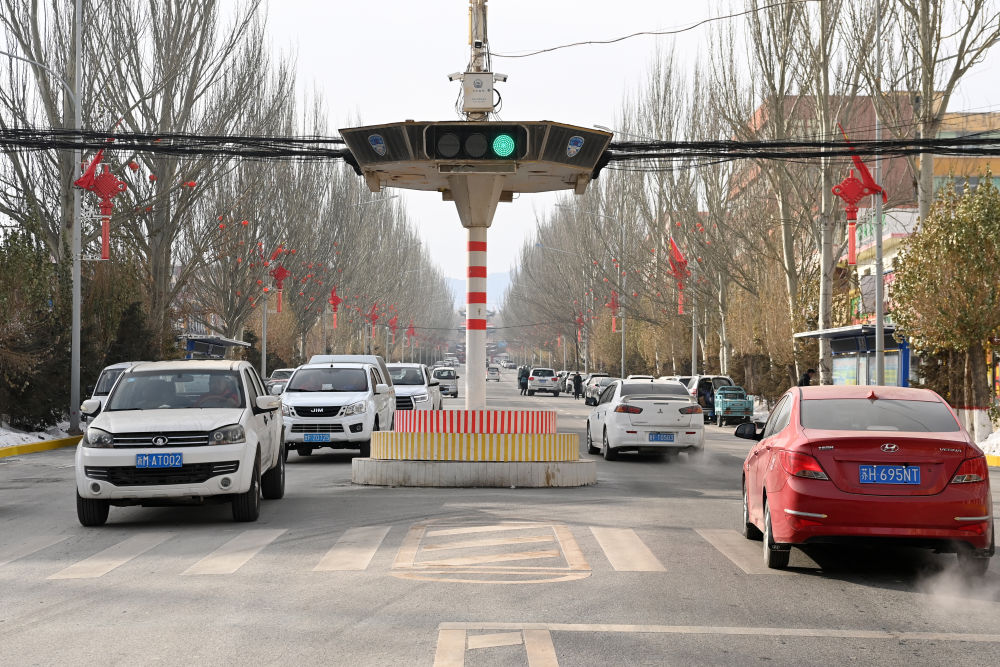
The traffic light that was re-opened to use at the intersection of the old city of Yumen. Photo by Xinhua News Agency reporter Fan Peishen
Among the many changing things, the traffic lights standing at the intersection make Jin Yingxia the most moved. "The traffic lights have never been used since Yumen City has moved because there are fewer vehicles on the road, so there is no need." Jin Yingxia said that in recent years, more and more vehicles have been hanging local and foreign license plates. After the urban roads in the old city were renovated and widened, traffic lights were re-activated after more than 20 years.
Today's old city of Yumen has gradually developed from the former "dominate oil" to three major industrial clusters of petrochemical, fine chemical and fluorine chemical industry. The industrial development is more fruitful and has greater potential. The flashing traffic lights are just like the pulse of the city's development, beating vigorously.

